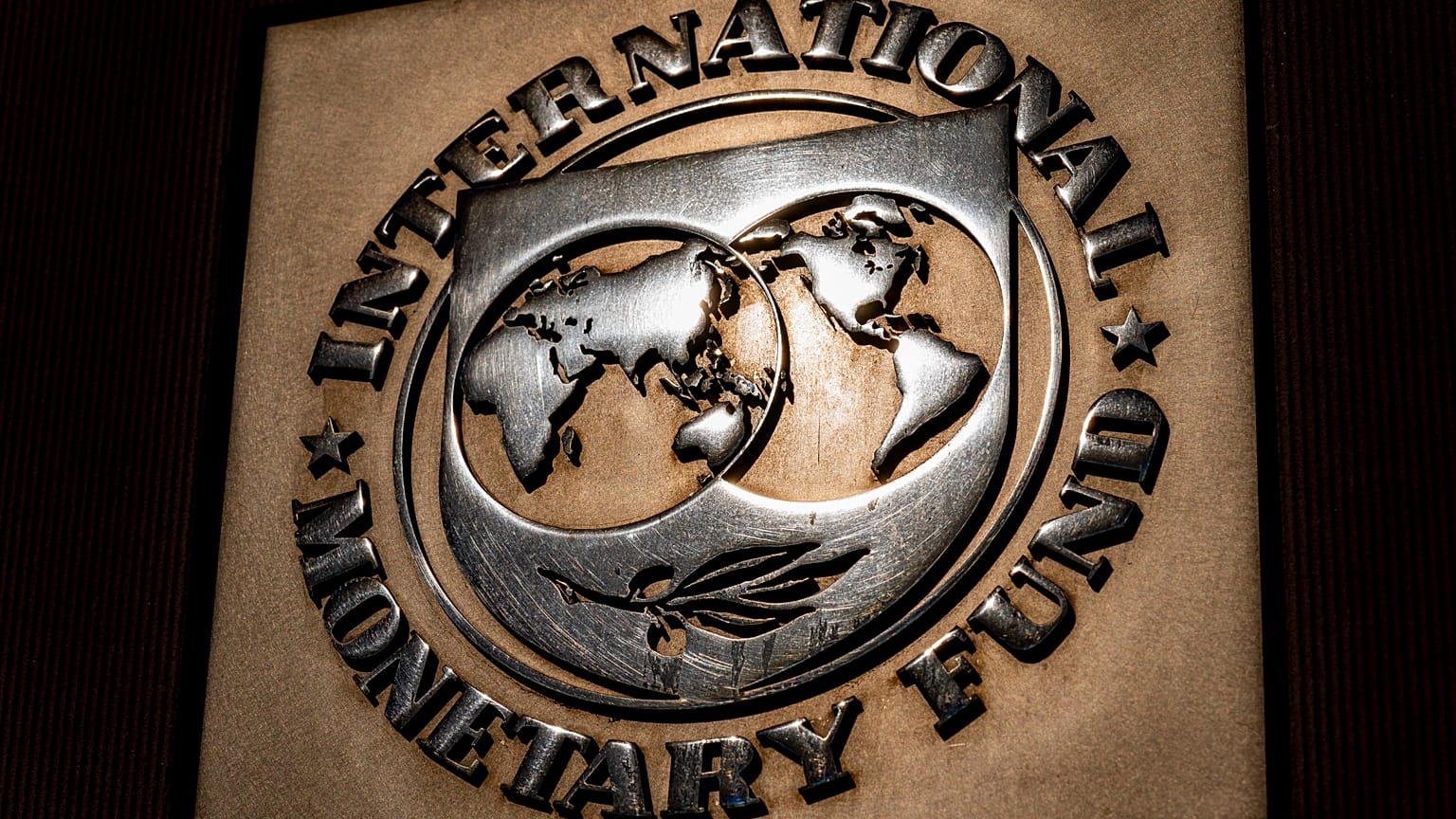The United States is on track to record the steepest debt increase among major economies, according to the IMF — surpassing levels in Italy and Greece for the first time this century.
Global public debt is rising faster than at any point in modern history, and this time, it is not just the historically large spenders driving it.
The International Monetary Fund’s latest Fiscal Monitor warns that the public finances of major powers, led by the United States, have become a systemic global risk.
"Although the number of countries with debt above 100% will be steadily declining in the next five years, their share in world GDP is projected to rise," the report stated.
This means that the collective or “global public debt is projected to rise above 100% of world GDP by 2029," it said. In such a scenario, public debt would be at its highest level since 1948.
According to IMF calculations, this trajectory “reflects a higher and steeper path than projected before the pandemic”, signalling that governments have failed to stabilise their debt despite the recovery of global growth.
The US marks the steepest rise
The United States will see the steepest increase among major advanced economies when it comes to debt-to-GDP ratio, according to the IMF.
From 2023 to 2030, general government gross debt will climb from 119.8% of GDP in 2023 to 143.4% in 2030.
The institution noted that the United States will, for the first time this century, surpass Italy and Greece on this front — long viewed as the developed world’s most indebted states.
Italy’s debt still ranks among the world’s highest at around 137% of GDP, but the IMF expects the total to remain at 137% in 2030.
Greece, currently recording a debt of 146.7%, is expected to reach 130.2%.
For comparison, France is currently at 116.5%, Spain has a total of 100.4%, while Germany is at 64.4%.
The Netherlands, Sweden, and Denmark maintain ratios below 60%. The result is a continent perpetually divided between northern fiscal discipline and southern fatigue.
For the United States, however, the trend is unambiguously upwards, which the IMF attributed to persistently large deficits and rising interest costs.
Washington’s debt profile, it warned, is now comparable to that of highly indebted European economies — stressing the need for fiscal reform.
Other top tier global economies are facing the threat of a debt-to-GDP ratio above 100%. These include Canada, China, France, Italy, Japan, and the United Kingdom.
In other words, the crisis of debt sustainability has migrated from largely being a trademark of the developing world to the G20 itself, with the countries that underpin the international financial system being the ones stretching it to its limits.
No more 'cheap', minimal-consequence borrowing
After years of near-zero interest rates, governments became accustomed to borrowing cheaply, but the IMF warned that era has ended.
The world has entered an expensive-debt phase, it cautioned, as higher interest rates make public debt more costly to service and constrain spending on essential priorities.
In several advanced economies, debt-service costs — the total amount of money a borrower must pay to cover its debt obligations — already exceed defence budgets.
Every percentage point rise in average funding costs translates into tens of billions of euros diverted from social programmes to interest payments.
Even Germany, long considered the paragon of fiscal prudence, is changing course. Berlin has modified its constitutionally enshrined “debt brake” to permit greater borrowing for infrastructure and defence.
Ageing populations strain public budgets
Behind these figures lies a demographic squeeze that the IMF described as the next structural challenge for public finances.
Ageing populations across advanced economies are driving pension and healthcare costs sharply higher, mounting pressure on public finances.
In the United States, the old-age dependency ratio is projected to rise to around 40% by 2050. In the European Union it will exceed 55%. With fewer workers supporting more retirees, debt ratios risk spiralling further as governments borrow to maintain social stability.
This accumulation of debt, ageing and higher borrowing costs is no longer a local concern. It is, as the IMF stated, a global systemic risk that could amplify vulnerabilities across financial markets.
A loss of investor confidence in one major economy could reverberate through bond markets, currencies, and banks worldwide.
The IMF has therefore urged governments to adopt credible medium-term fiscal frameworks to stabilise debt and rebuild buffers. But such discipline is increasingly politically toxic, as populists across Europe and North America on both left and right promise lower taxes, higher pensions, and more spending.
In short, the IMF report stressed that the era of limitless borrowing is over, and that economies cannot continue to draw on the public purse strings as before.
Current complacency surrounding debt could make it much harder for governments to weather future economic shocks and crises.















